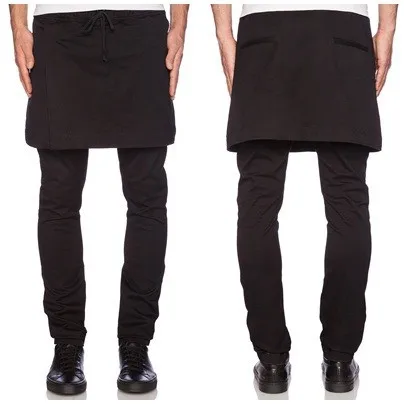 Harmonic and cycloidal gearboxes are the two sorts of gear methods that deliver velocity reduction and torque multiplication. Nonetheless, they run based on unique concepts and have distinct attributes. Right here are the vital differences concerning harmonic and cycloidal gearboxes:
Harmonic and cycloidal gearboxes are the two sorts of gear methods that deliver velocity reduction and torque multiplication. Nonetheless, they run based on unique concepts and have distinct attributes. Right here are the vital differences concerning harmonic and cycloidal gearboxes:
Running Basic principle:
– Harmonic Gearbox: A harmonic gearbox, also known as a pressure wave gearbox, operates based mostly on the basic principle of flex spline and wave generator. It consists of a flexible spline (flex spline), a rigid outer spline (circular spline), and an elliptical or wave-formed part (wave generator). The motion of the wave generator results in a deformity in the flex spline, ensuing in a relative motion between the flex spline and circular spline, which makes the velocity reduction and torque multiplication.
– Cycloidal Gearbox: A cycloidal gearbox, cycloidal gearbox factory also regarded as a cycloidal drive or cycloidal reducer, operates primarily based on the basic principle of the cycloidal motion. It is composed of an enter shaft, eccentric pins or cams, a cycloidal disc, and an output shaft. The eccentric pins or cams, when rotated, trigger the cycloidal disc to move in a cycloidal motion, ensuing in output rotation. The many factors of call amongst the pins or cams and the cycloidal disc permit torque transmission and pace reduction.
Gear Design and style:
– Harmonic Gearbox: Harmonic gearboxes generally have a compact style and design and involve an elliptical wave generator that deforms the flex spline to deliver the ideal movement. They frequently have a high equipment reduction ratio and show high precision and small backlash. Harmonic gearboxes are typically used in applications in which significant precision and compact dimension are important, these kinds of as robotics and aerospace.
– Cycloidal Gearbox: Cycloidal gearboxes have a exclusive layout with eccentric pins or cams and a cycloidal disc. The pins or cams generate a cycloidal motion in the disc, ensuing in output rotation. Cycloidal gearboxes supply superior torque capacity, compact sizing, and clean movement command. They are usually employed in apps that require large torque and precise movement control, these kinds of as robotics, industrial machinery, and automotive units.
Pros and Down sides:
– Harmonic Gearbox: Harmonic gearboxes supply higher precision, very low backlash, and compact dimensions. They give exceptional movement command, repeatability, and accuracy. Having said that, they can be additional highly-priced and have limits in conditions of torque ability and toughness.
– Cycloidal Gearbox: Cycloidal gearboxes give higher torque ability, compact measurement, and sleek motion control. They are identified for their durability and capacity to tackle shock hundreds. On the other hand, they may well have a bit increased backlash in comparison to harmonic gearboxes, and their layout may possibly be far more elaborate.
In summary, harmonic and cycloidal gearboxes have unique functioning concepts, gear layouts, and properties. Harmonic gearboxes excel in precision and compactness, even though cycloidal gearbox factory gearboxes offer high torque ability and longevity. The preference between them relies upon on the distinct specifications of the software, these kinds of as precision, torque ability, compactness, and cost things to consider.